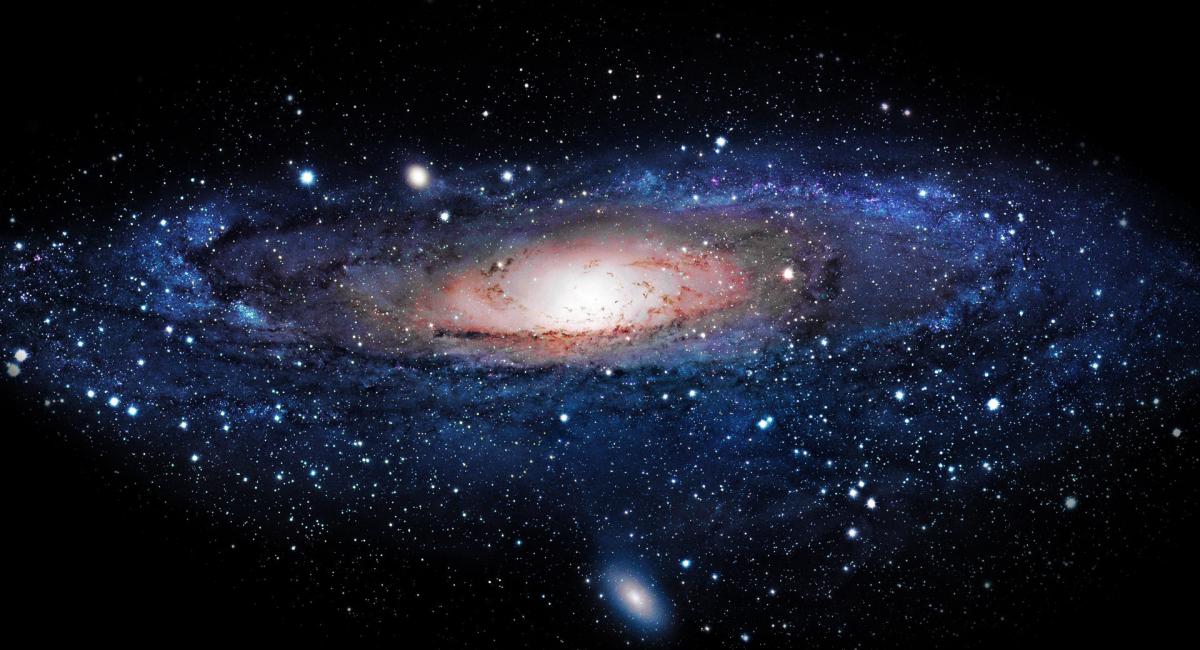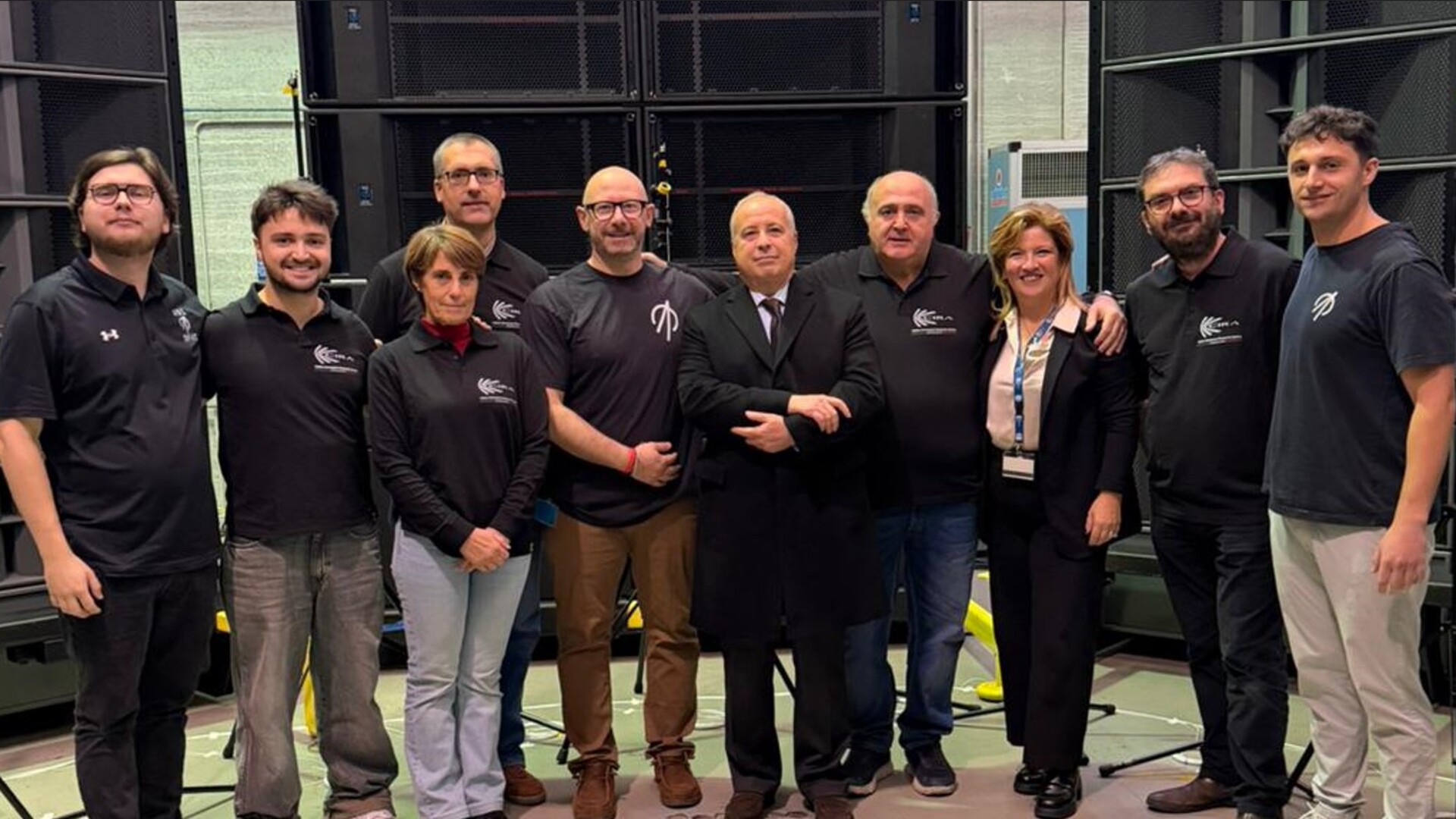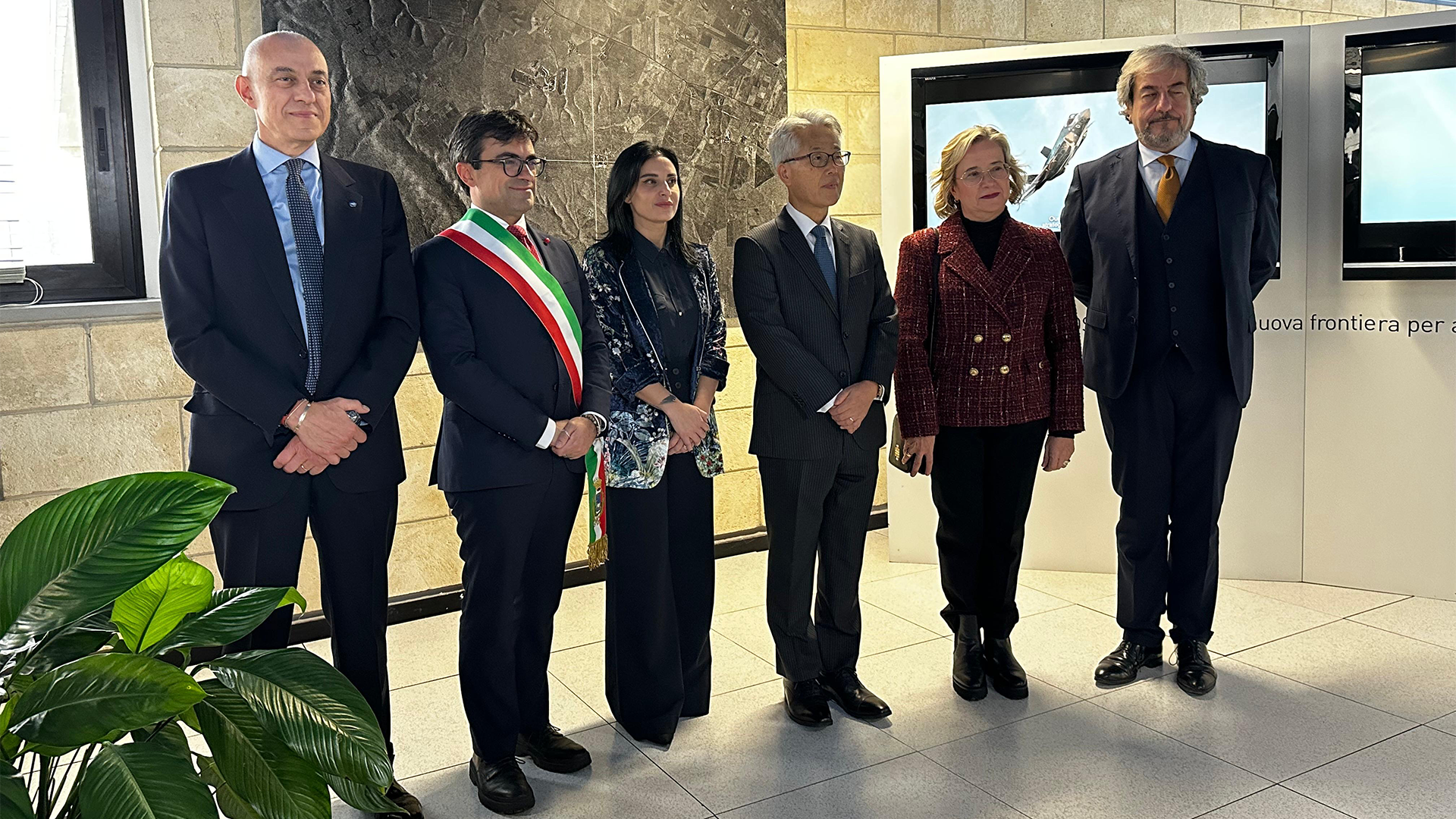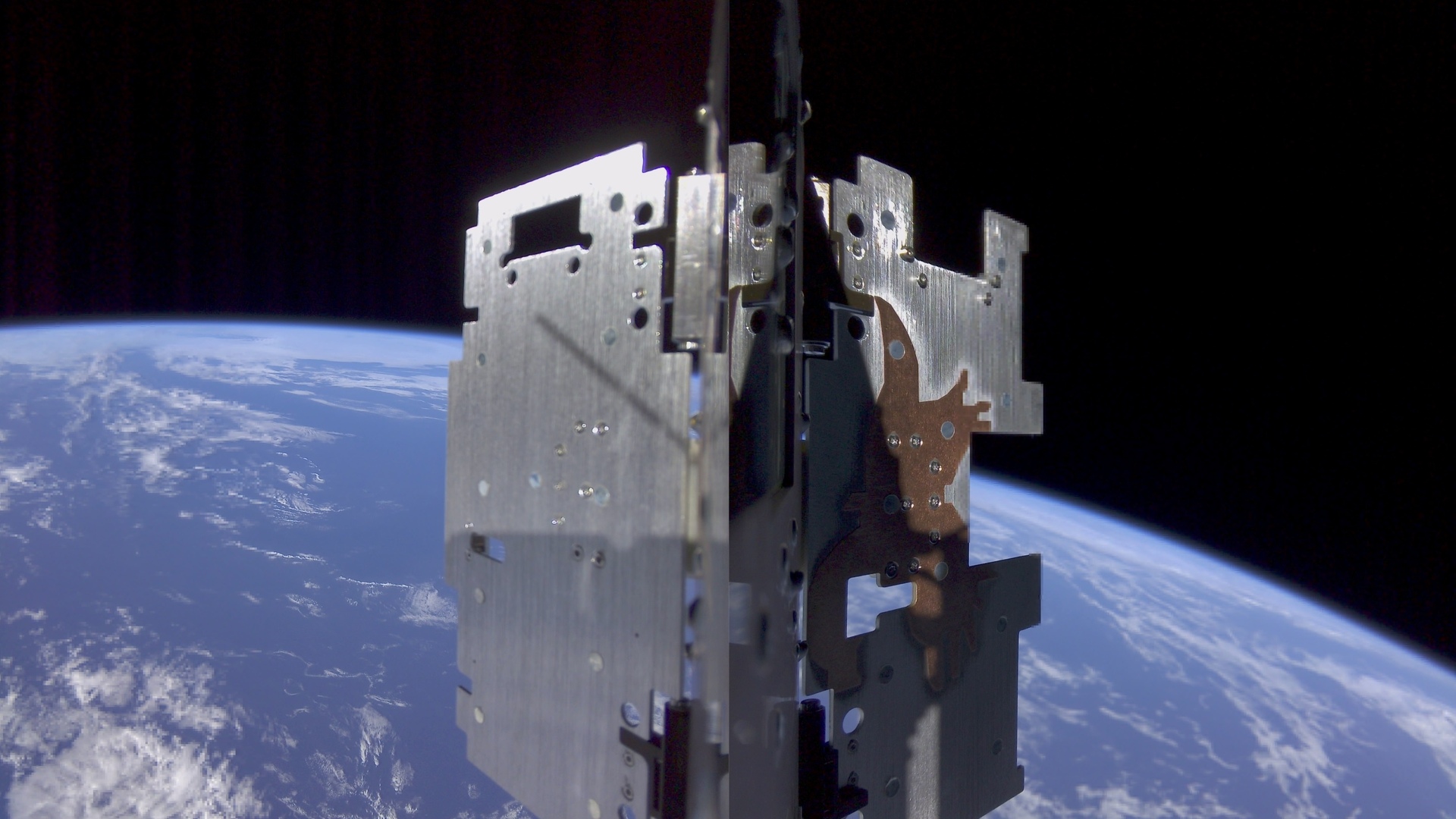The Memorandum was signed during the 76th edition of the International Astronautical Congress

Subject line: Planetary exploration
Responsibility of the mission: ESA
Date of launch: October 2018
(Nominal) end of mission: 2024
Description
Bepi Colombo is the fifth Cornerstone mission of the Horizon 2000+ mission adopted by the ESA SPC in 2007 for the Scientific Directorate programme. Its goal is observing the planet Mercury and the surrounding environment. It’s one of the most ambitious interplanetary exploration missions ever planned by the ESA. The mission consists of two different probes, which will operate autonomously once they have reached the orbit of Mercury, carried by a transfer module equipped with two motors:
- Mercury Planetary Orbiter (MMO): designed and manufactured under the guidance of the European Space Agency (ESA) is a three-axis, low-orbit and nadir-pointing stabilized probe; its main purpose are remote sensing observations and radio science
- Mercury Magnetospheric Orbiter (MPO): designed and manufactured under the guidance of the Japanese Space Agency (JAXA) with European scientific and technological contributions, it is based on a stabilized rotation module with a particularly eccentric orbit. Its purpose is measuring magnetic fields, waves and particles.
- Mercury Transfer Module (MTM): this element too is designed and manufactured in Europe, and it is only useful during the journey and the placement into orbit. It doesn’t have a scientific load, but it’s a key element to reach Mercury.
The combination of the three parts, to which a mechanic element of conjunction between the MPO and the MMO should be added, will be launched in October 2018 from the European base of Kourou, with an Ariane 5 vector. It should reach the orbit of Mercury exactly seven years later, in January 2024.
Scientific objectives
Mercury is the nearest planet to the Sun and along with Venus, Earth and Mars is part of the terrestrial planet family. It’s a rocky planet which is strongly characterised by impact craters and has very significant thermal excursions between day and night, lasting about 58 terrestrial days.
It doesn’t have an atmosphere, but a thin layer of atoms and plasma forms an exosphere. Both the surface and the exosphere are strongly influenced by the solar wind. Studying Mercury is important to define and validate the formation and evolution models of plants, but also of the entire Solar System, as well as to understand the limit conditions that promote the birth of life on our planet and other planets. The main scientific goals of the mission are:
- studying the origin, evolution and motion of a planet which orbits near its star,
- analysing the planetological characteristics: shape, structure, superficial composition and internal structure,
- investigating the properties of the exosphere and its interaction dynamics,
- detecting the origin of the magnetic field and the characteristics of the magnetosphere,
- validating the forecasts of Einstein’s general relativity theory.
Italian contribution
The Italian Space Agency, on behalf of the Italian scientific community, provides a significant contribution to the mission, with 4 experiments out of 11 led by an Italian Principal Investigator:
- SIMBIO-SYS, an integrated system for surface observation and planet characterisation with cameras (HRIC and STC) and a spectroscope (VIHI) developed by Selex and under the scientific guidance of the ASI;
- ISA, the high-sensitivity accelerometer, developed by the INAF and TAS-I.
- MORE , the radio science experiment based on the on-board Ka-Band Transponder (KaT), still by TAS-I. As regards MORE, Sapienza University of Rome has the scientific responsibility, with the support of the JPL/NASA.
- SERENA, the experiment to study the particle environment through the two neutral particle analysers (NPAs) ELENA and STOFIO, the latter manufactured by the Southwest Research Institute-USA, and two ion spectrometers (IS), MIPA and PICAM, under the scientific responsibility of the IFSI, ENEA, ISM and IFN and the industrial responsibility of CGS and AMDL.
International agreements
The ESA and the member Countries signed a “Multilateral Agreement”, which describes the contributions of each participating country to the mission. In particular, for the MORE and SERENA experiments, the ASI signed a Memorandum of Agreement with the NASA and for the SIMBIO-SYS experiment it signed a Memorandum of Agreement with the CNES.






